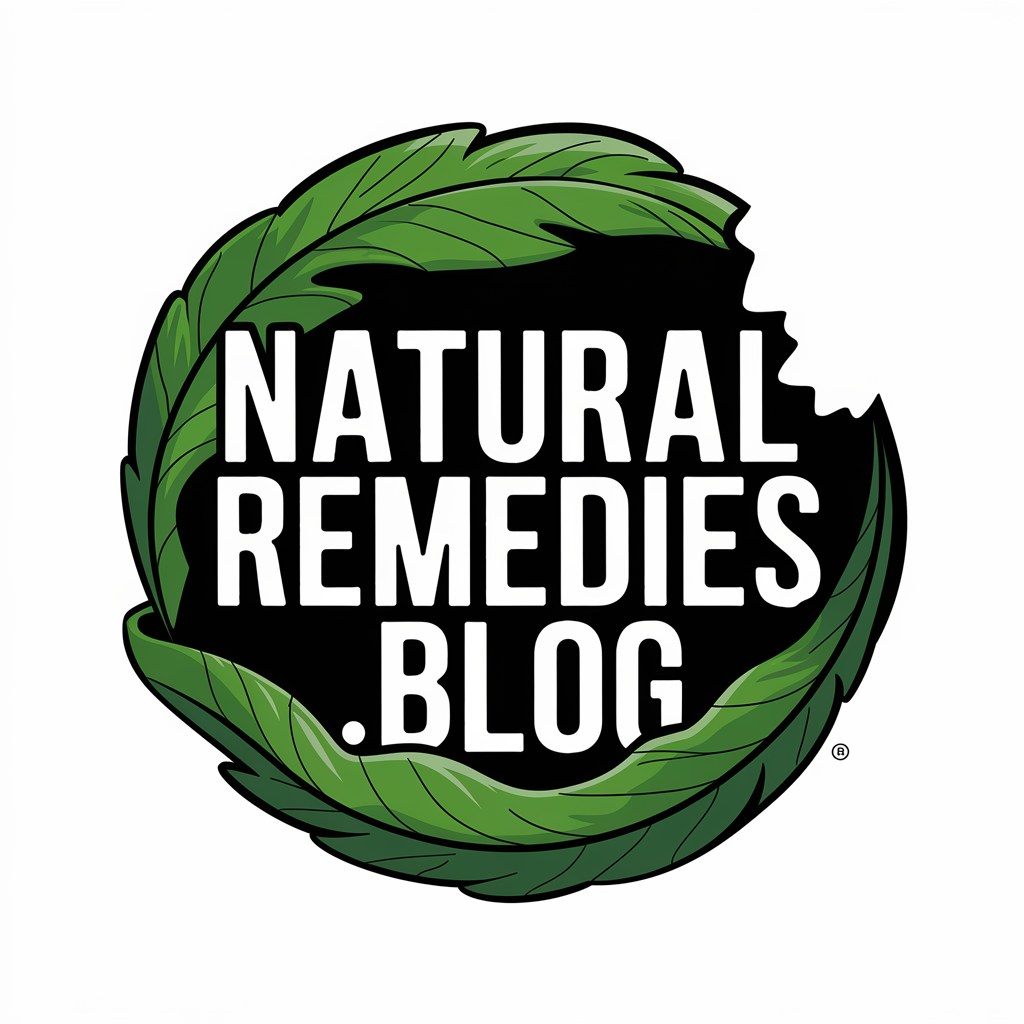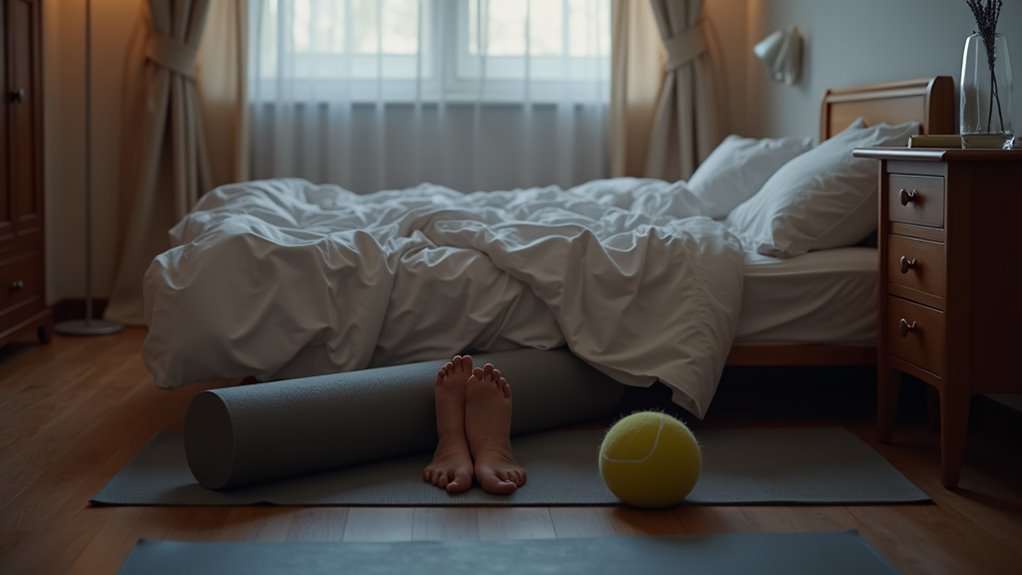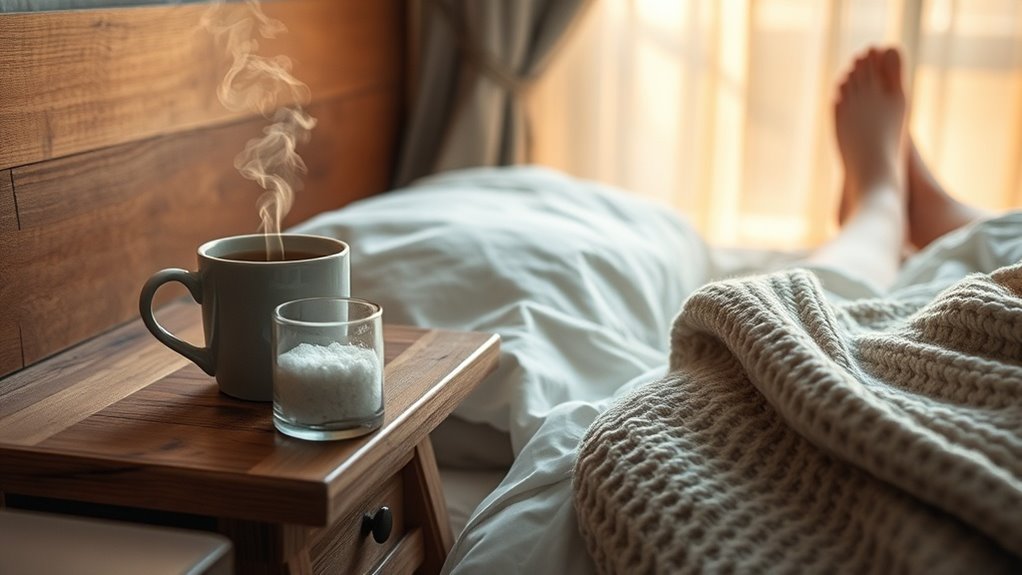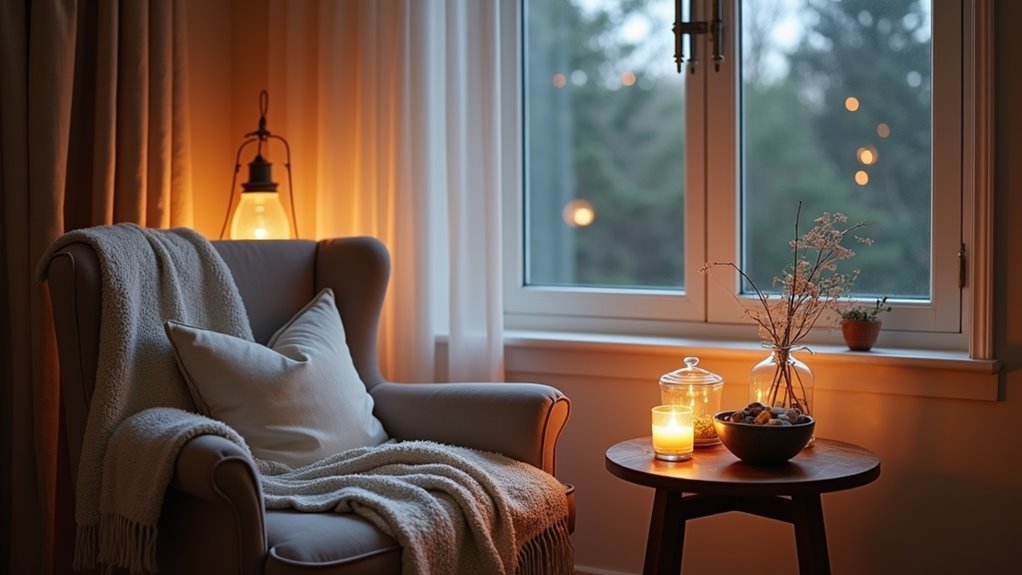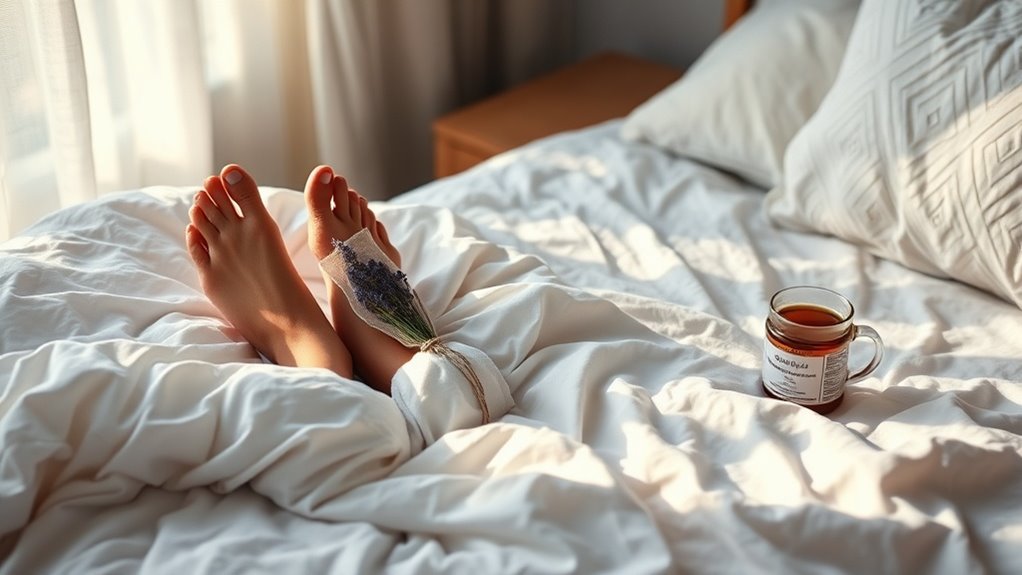Restless Leg Syndrome. Try These Natural Solutions Tonight
You can find immediate relief from Restless Leg Syndrome through several natural solutions tonight. Start with a warm bath followed by gentle leg stretches targeting your calves and hamstrings. Reduce evening caffeine intake and maintain cool bedroom temperature. Consider wearing compression socks or using a weighted blanket for consistent pressure. While these strategies offer quick relief, understanding RLS’s complete management approach can lead to long-term symptom control.
Understanding Restless Leg Syndrome and Its Symptoms
Have you ever experienced an irresistible urge to move your legs while trying to rest?
This sensation, known as Restless Leg Syndrome (RLS), affects up to 10% of adults.
You’ll typically notice symptoms in the evening or at night, characterized by uncomfortable sensations like crawling, tingling, or aching in your legs.
While seeking restless leg remedies, it’s essential to recognize the key symptoms: an overwhelming need to move your legs, temporary relief with movement, worsening symptoms during inactivity, and increased severity at night.
These symptoms can greatly disrupt your sleep patterns and daily activities, impacting your quality of life. Additionally, certain factors like iron deficiency can exacerbate RLS symptoms, making it important to monitor your health.
Lifestyle Changes That Make a Difference
Managing RLS symptoms effectively starts with incorporating practical lifestyle modifications into your daily routine. You’ll find that simple changes in your daily habits can greatly reduce symptom severity and frequency.
| Activity | Benefit |
|---|---|
| Regular exercise | Improves circulation and reduces nerve tension |
| Sleep schedule | Maintains consistent circadian rhythm |
| Temperature control | Reduces muscle discomfort and spasms |
| Stress management | Decreases symptom triggers and intensity |
| Caffeine reduction | Minimizes nighttime restlessness |
These evidence-based lifestyle adjustments don’t just target RLS symptoms – they’ll improve your overall sleep quality and daytime functioning. Focus on implementing these changes gradually to establish sustainable habits that work for your schedule. Additionally, incorporating iron-rich foods into your diet can further alleviate symptoms linked to deficiency.
Natural Supplements and Herbal Remedies
Several natural supplements and herbal remedies show promise in alleviating RLS symptoms when used alongside lifestyle modifications.
Research indicates that magnesium supplementation can reduce muscle tension and nerve excitability.
Iron supplements may help if you’re deficient, as low iron levels often correlate with RLS severity.
Valerian root extract can improve sleep quality and reduce leg discomfort, while folate supplements support proper nerve function.
You’ll find relief potential in vitamin B12, which aids neurological health.
Some studies suggest that vitamin D supplementation helps manage symptoms, particularly in deficient individuals. Consultation with healthcare providers is essential before starting any supplement regimen.
Exercise and Movement Techniques
Regular physical activity plays an essential role in reducing RLS symptoms and improving sleep quality.
Research indicates that specific exercises and movement patterns can help manage discomfort and minimize nighttime leg sensations.
- Engage in moderate aerobic activities like walking, swimming, or cycling for 30 minutes daily to increase circulation and release endorphins.
- Practice gentle stretching exercises targeting the calves, hamstrings, and quadriceps before bedtime.
- Incorporate yoga poses such as forward bends, leg stretches, and relaxation positions.
- Try alternating ankle rotations and leg lifts while seated during the day to prevent symptom buildup. Additionally, maintaining consistent hydration levels throughout the day can further alleviate discomfort and support overall wellness.
Bedtime Rituals for RLS Relief
Establishing consistent bedtime habits can greatly reduce the severity of RLS symptoms and promote better sleep quality.
Begin your nighttime routine 30-60 minutes before sleep by taking a warm bath or shower, which helps regulate body temperature and relaxes tense muscles.
Follow with gentle stretching exercises targeting your legs, particularly your calves and hamstrings.
Keep your bedroom cool, dark, and quiet.
Remove electronic devices and maintain a regular sleep schedule.
Consider using compression socks or weighted blankets, which provide consistent pressure to your legs.
Practice relaxation techniques such as deep breathing or progressive muscle relaxation to calm your nervous system before sleep. Additionally, incorporating compression therapy can further alleviate symptoms and enhance your overall sleep experience.
